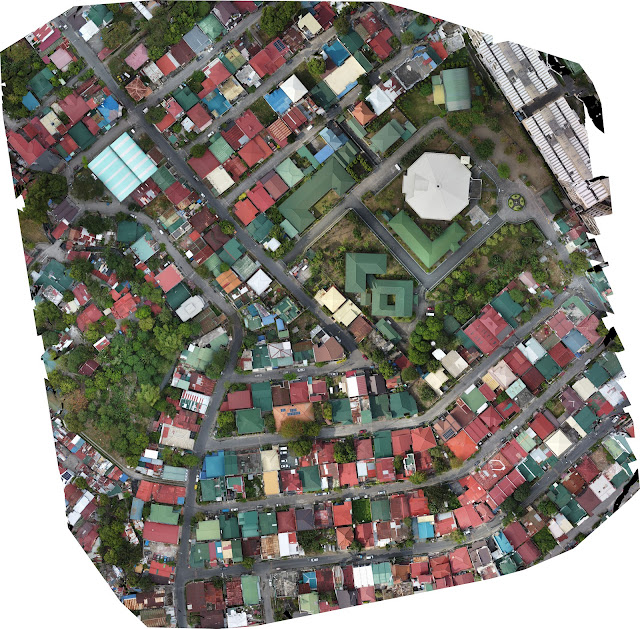DSLR CAMERA MODES AUTO, P, S, M
AUTO | All settings are set to automatically adjust on any shooting conditions. |
P | Program Mode or Program Auto - Aperture and Shutter speed is automatically adjusted when shooting. Use this when shooting on varying light conditions. |
S, Tv | Shutter Priority Mode – You set the shutter speed of your camera and the camera will automatically adjust the aperture settings. Use this when you want to blur or freeze moving objects. |
A, Av | Aperture Priority Mode – You adjust the aperture settings of your camera and the camera will set the shutter speed automatically. Use this to control the depth of field when shooting. Lower f/stop, less of your image is in focus, specifically when shooting portraits to blur (bokeh) the background or separate the background from your main subject. Higher f/stop, more is in focus. Use this when shooting landscapes. |
M | Manual Mode – You define all the exposure settings of your camera including aperture, shutter speed. Best used when lighting condition is fixed or constant. Can also be used when shooting panoramic shots. |
Here’s what you can set manually on your camera:
ISO | Your camera’s sensitivity to light |
High ISO (ISO 1600 or higher) | Your camera is more sensitive to light but can get very noisy/grainy image if set too high. Best used when shooting indoors or during night time. |
Low ISO (ISO 400 or lower) | Less sensitive to light but produces sharper images. Best used when shooting on good lighting conditions (sunny day). |
Aperture or f/stop (A) | The hole or opening on your camera’s lens on which light passes through. |
Maximum Aperture (f/3.5 on most kit lens, f/2.8 for zoom lenses, and f/2, f/1.8, or f/1.4 for prime lenses) | On your camera’s setting this pertains to lower f/stop. Your camera’s aperture is wide open and more light is coming through your lens. This also means less of your image is in focus (shallow depth of field) but produce sharper image for your subject. The most common is f/3.5-5.6 which can be found when buying kit lens but to get better image, you can try a lens that has a constant f2.8 for zoom lenses or an even better f/2, f/1.8, f/1.4 for prime lenses. Using lower f/stop means you can shoot even on poor lighting condition without using flash on your camera. This is also used when you want to blur the background or in terms of photography they call it Bokeh. |
Minimum Aperture (f/22) | High f/Stop. Your camera’s aperture is at its smallest opening. More of your image is in focus but less light is coming through your lens. |
Shutter Speed (S, Tv) | The amount of time the shutter on your camera remains opened. |
Fast Shutter (1/500 of a second or lower) | Usually fractions of a second. Used to freeze moving objects. |
Slow Shutter (1/2 of a second or higher) | Half a second or slower. Best when using tripod. |


Comments
Post a Comment